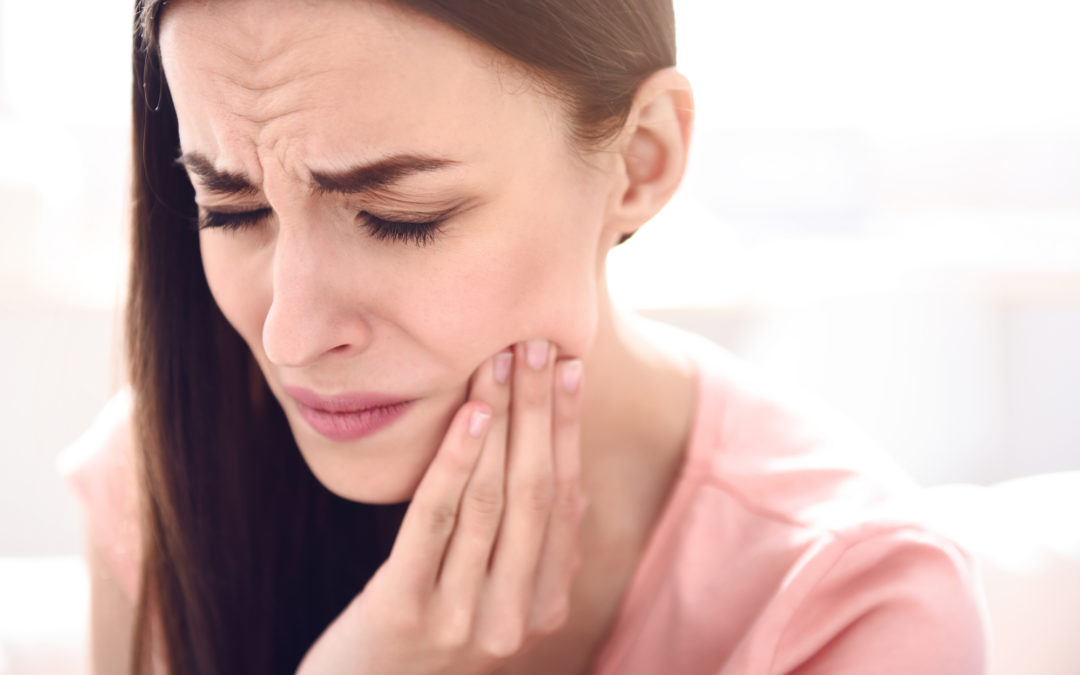 Most people think of Botox as a cosmetic treatment that softens the look of lines and wrinkles. However, even before it was used cosmetically, Botox was and still is used as an effective treatment for medical conditions.
Most people think of Botox as a cosmetic treatment that softens the look of lines and wrinkles. However, even before it was used cosmetically, Botox was and still is used as an effective treatment for medical conditions.
One of these conditions is TMJ, or temporomandibular joint disorders. The TMJ is a joint that’s found on both sides of the lower jaw and allows the mouth to open and close.
TMJ Symptoms
The symptoms of TMJ include everything from a sharp pain or dull ache in the jaw, popping or cracking sounds when the jaw is moved to toothaches, headaches and achy neck and facial muscles. Some people can’t open their jaw all the way, and they may experience a sense of pressure or hear ringing in their ears.
In many cases, easing the discomfort of TMJ is simple. The patient can learn exercises to relax their jaw, be fitted with a bite plate that keeps them from clenching and grinding their teeth at night or even alternating warm and cold compresses to the jaw.
Botox is recommended when the patient has a case of TMJ that doesn’t respond to other types of treatment.
How Does Botox Work?
Botox is a purified form of the botulinin toxin. It works by interfering with a neurotransmitter called acetylcholine. A neurotransmitter is a chemical that conveys messages between nerve cells.
When this particular neurotransmitter is interrupted, some of the muscles that control the jaw are paralyzed. It is important that only a few of these muscles are affected in order to allow the patient to open their jaw.
Botox injections prevent the jaw from clenching and prevents the nighttime teeth grinding that leads to headaches and pain in the jaw.
How is Botox Administered?
Botox treatments are outpatient procedures. The patient has the injections in their doctor’s office. Then they go home after the session is over.
The session usually lasts between 10 minutes and a half an hour depending on how many injections the patient receives.
The needles are fine and not very painful, though people with sensitive skin have the option of putting a topical anesthetic on the injection site or numbing the area first with an ice pack. Some doctors give very nervous patients nitrous oxide before the injections.
Is There Downtime After Botox Injections?
There’s no downtime after Botox injections, and technically the patient can return to their usual activities. However, they may want to rest for a day or two because there will be a bit of swelling, bruising and tenderness after the injections.
Patients can apply ice packs to the injection sites to ease their discomfort but should be careful not to rub or massage the area. This can cause the Botox to spread to areas where it’s not wanted.
Many patients notice that their TMJ symptoms start to ease only a couple of days after their treatment, though it usually takes about a week to see results.
Another benefit is that the wrinkles they have in the injected area also smooth out.
Contact AZ-TMJ Today
If you are troubled by headaches and other pain caused by TMJ disorder, don’t hesitate to contact AZ-TMJ. Call Dr. Farrell for a consultation at 480-945-3629 today.



